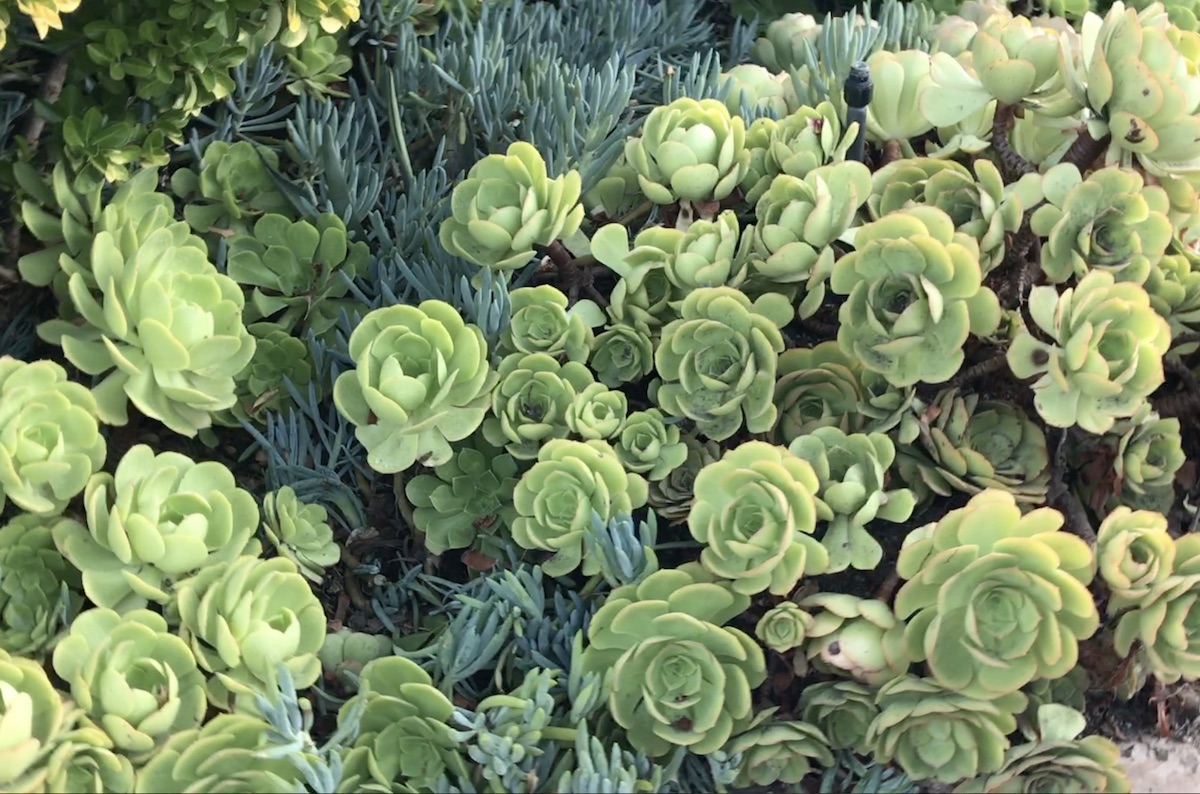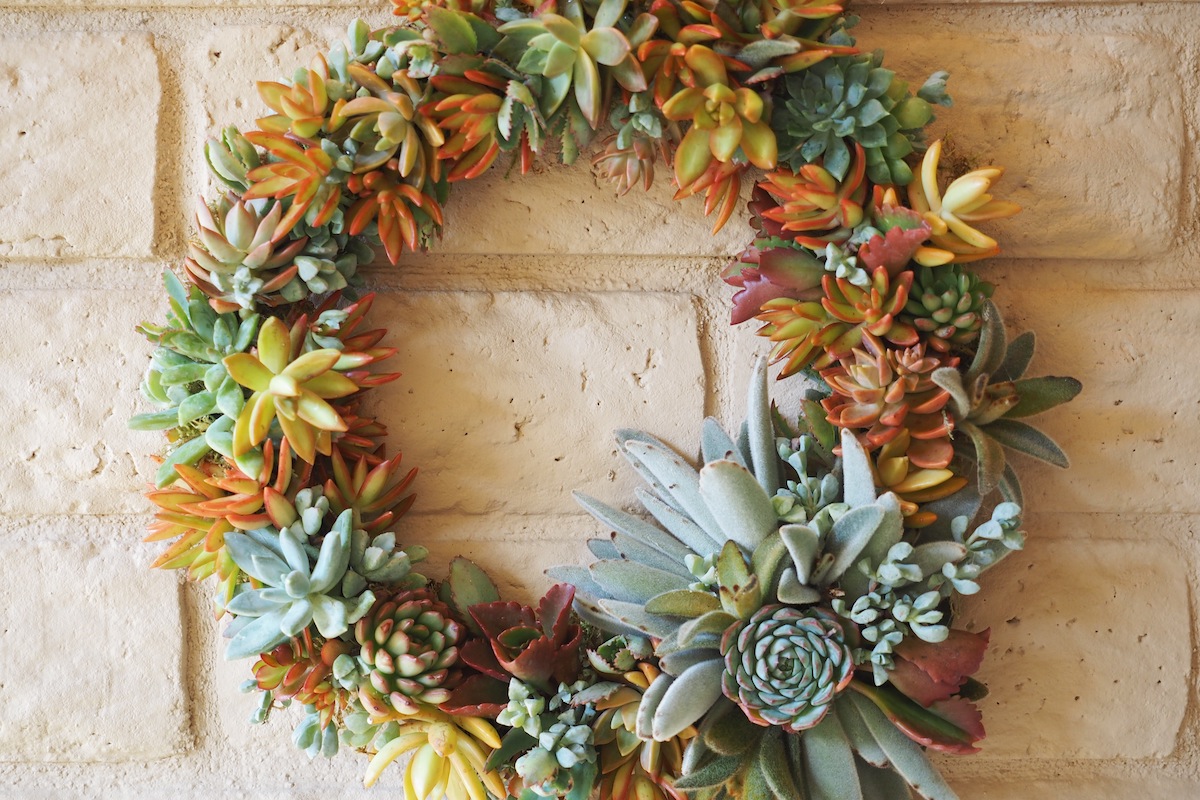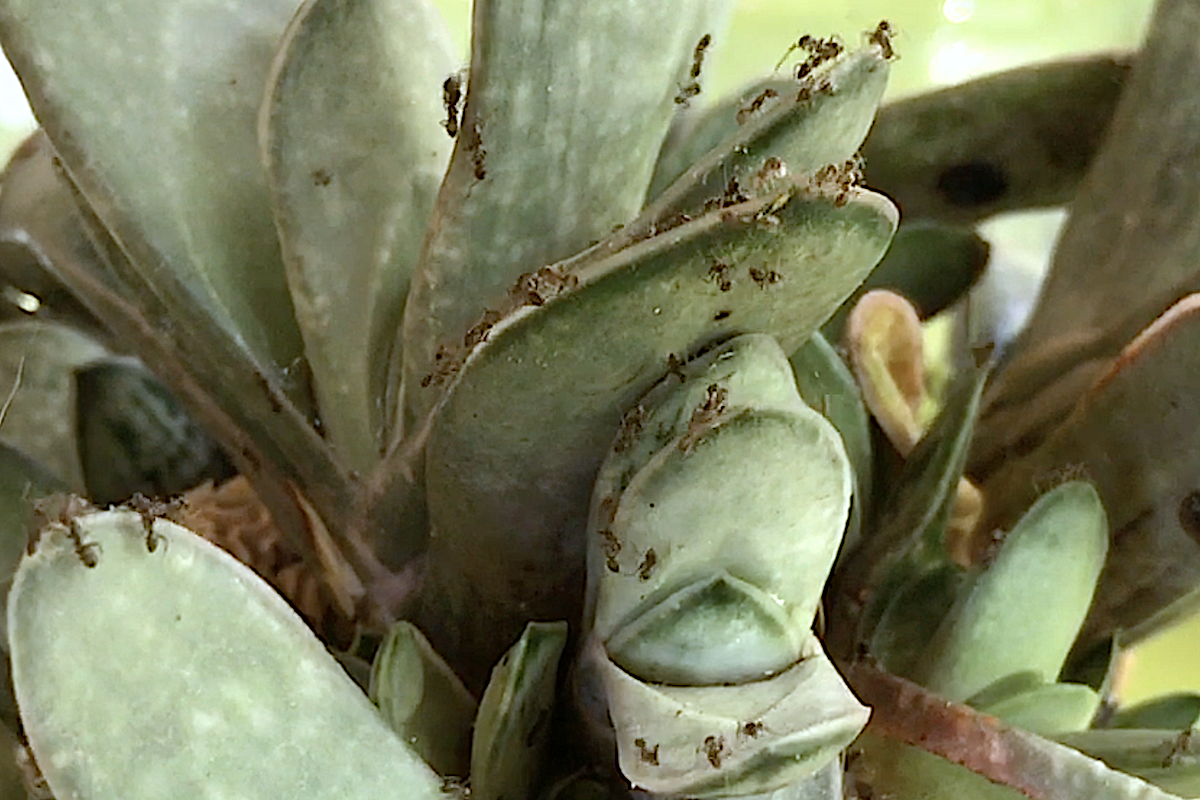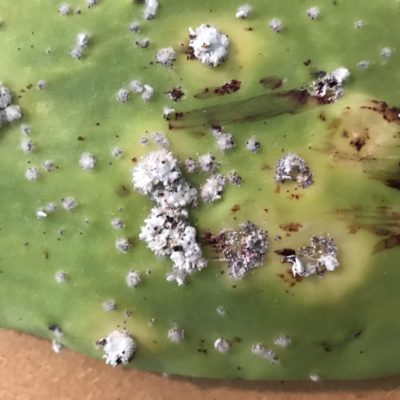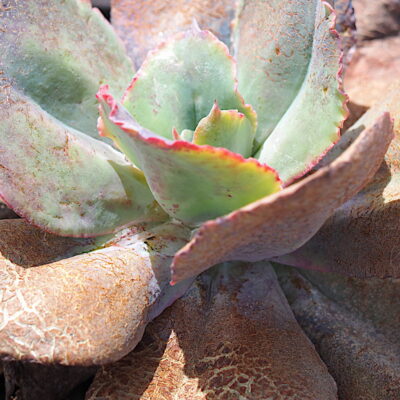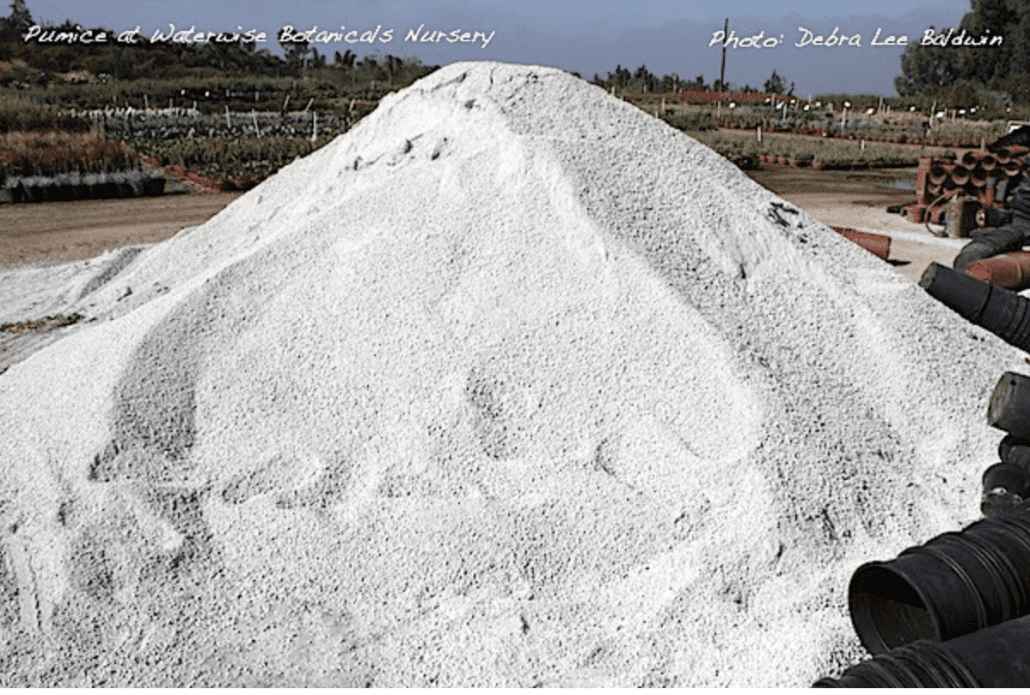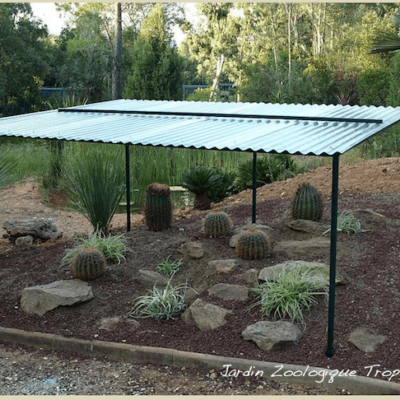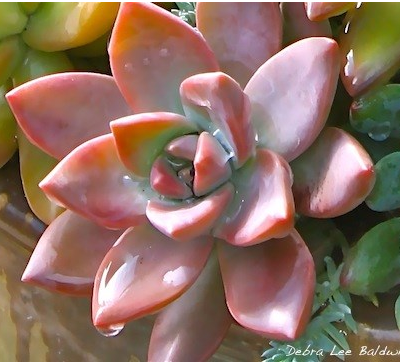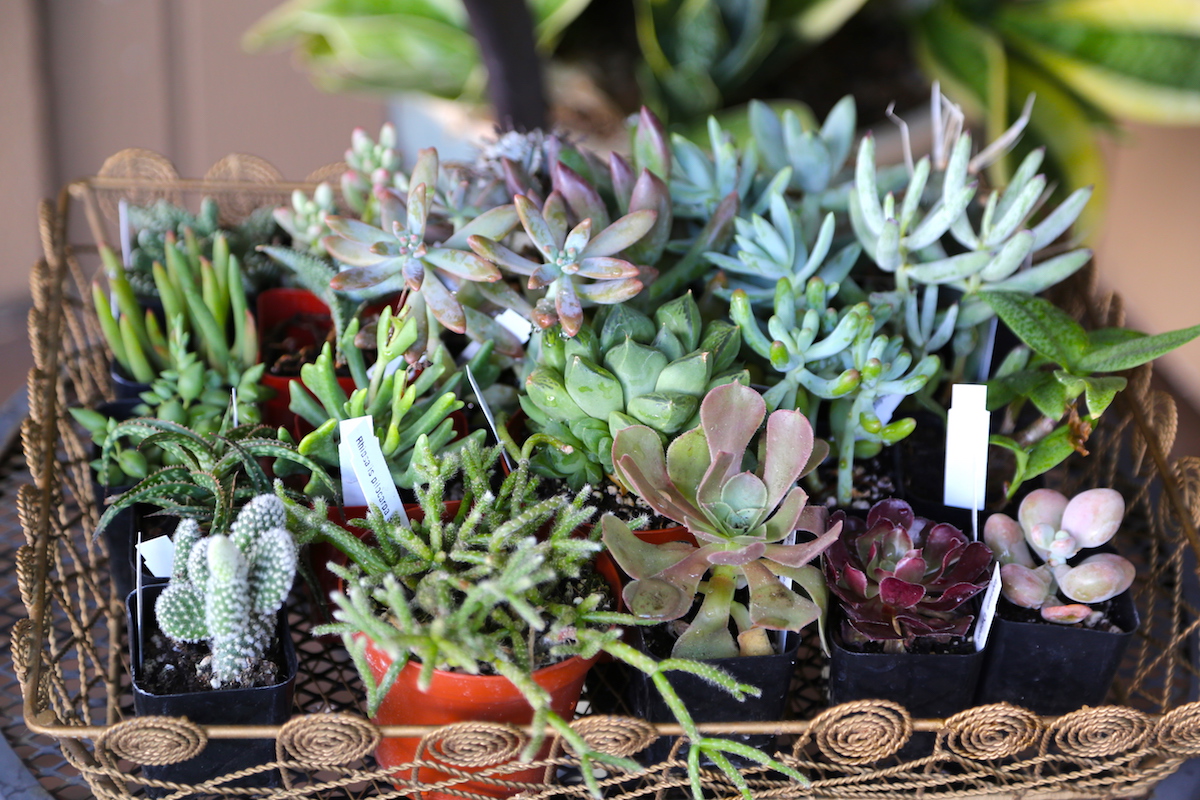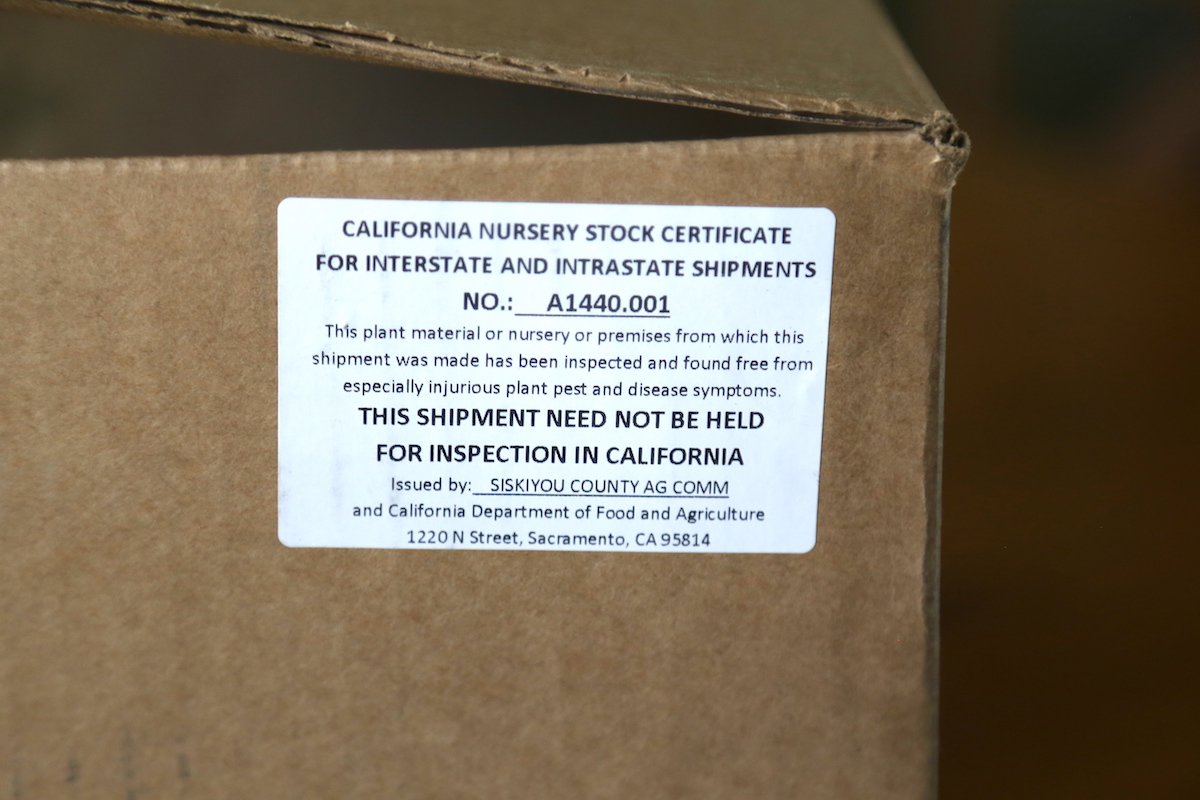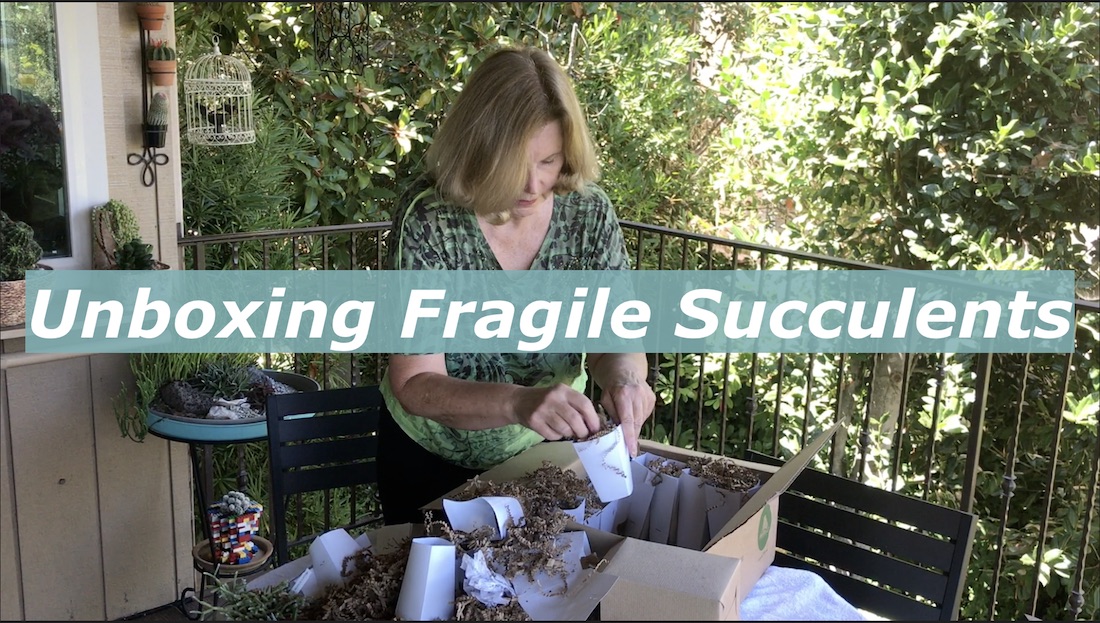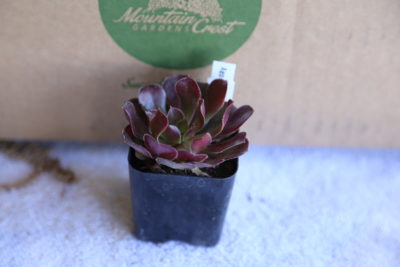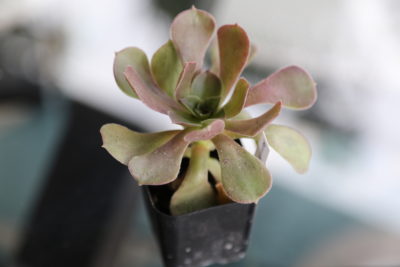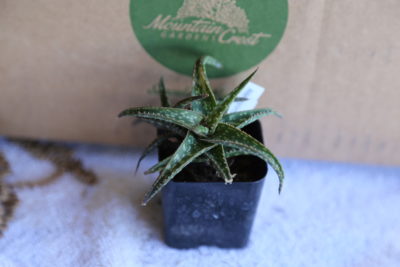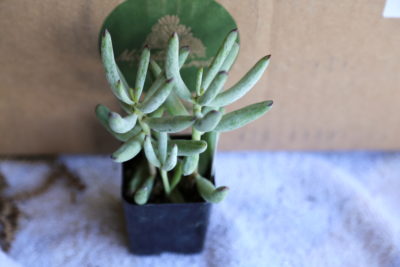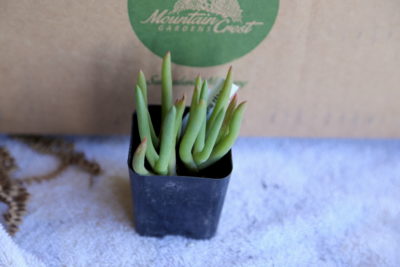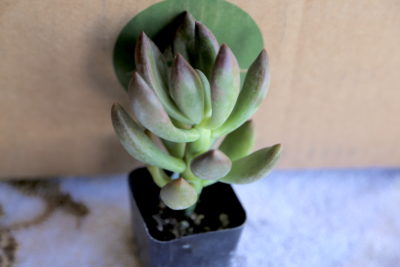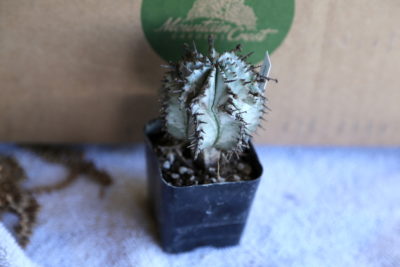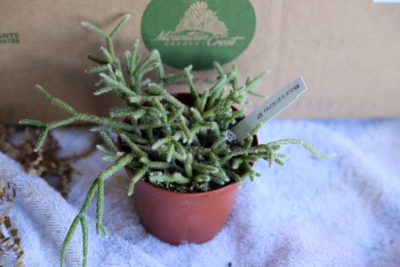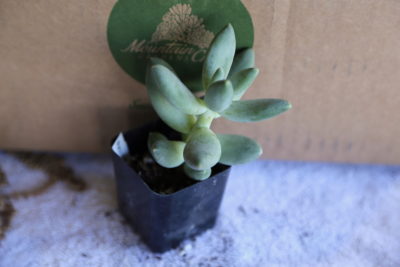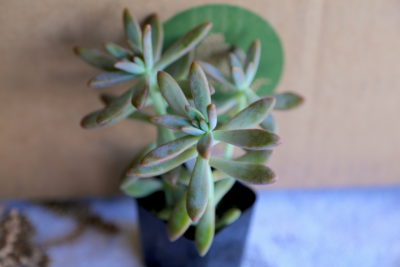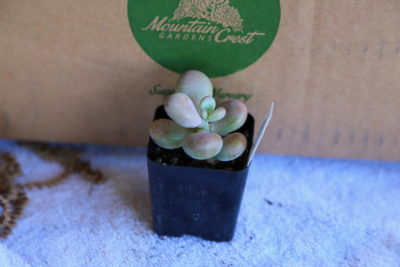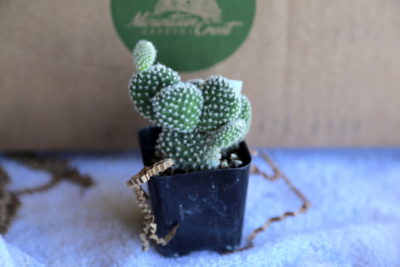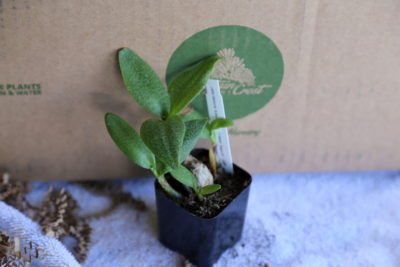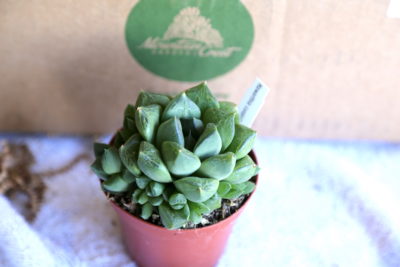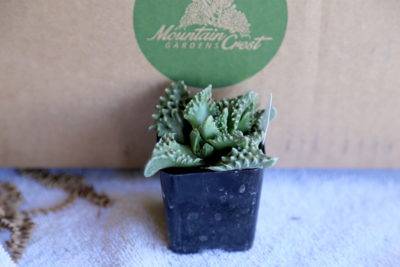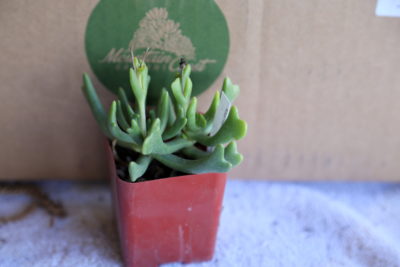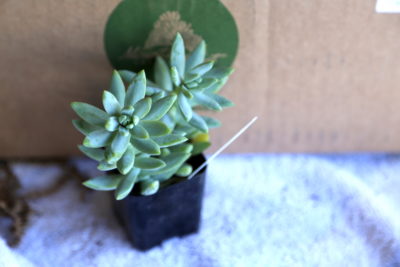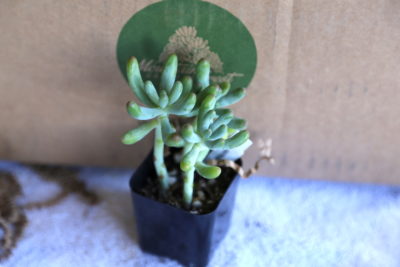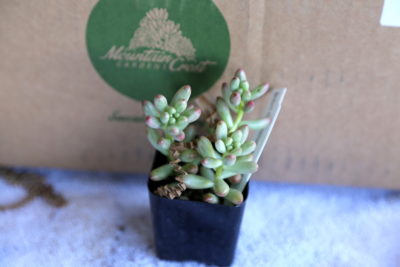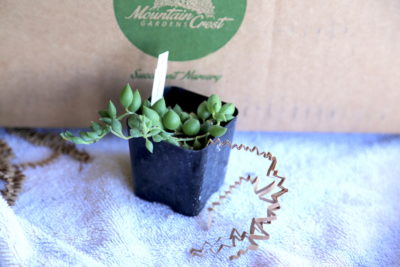Every year I create a calendar so I have to do a dozen watercolors. Painting is a cherished hobby, but---can you relate?---I need a deadline to do it. In August, I hadn't picked up a brush for nearly a year and had lots to relearn. The first few were awful. At least I think so. Uncertain and dissatisfied, I did 16.
My Question for you
So, which three or four are worthy to be up for a month, and which three or four, eh, not so much? Share your candid opinions below. If you're a newsletter subscriber, your comment makes you eligible to win a calendar. I'll give away five (retail $20/ea.). Go to the green bar on my Home Page to subscribe. On Oct. 1, I'll announce the winners (selected randomly) here on this page. I'll also upload "your" top 12 to Zazzle.
If you want to buy a calendar...
I'll post the link here, so do check back. Btw, I don't sell calendars myself---Zazzle does, and we "artists" get a 10% royalty. Clearly, I don't do it for the money! But they do have sales, and historically Zazzle discounts calendars 60% on Black Friday.
Btw, I'll bring a dozen or so to a Master Gardener Seminar I'm doing in Orange County, Sat., Dec. 14 (details to come). Come and get one for yourself or a friend, and I'll even sign "Happy Birthday" on the date. ;+)
OK! Pick your faves:
In the Comments below, let me know your favorites and those you like least. They're in alphabetical order by common name.

Agave polly pelona
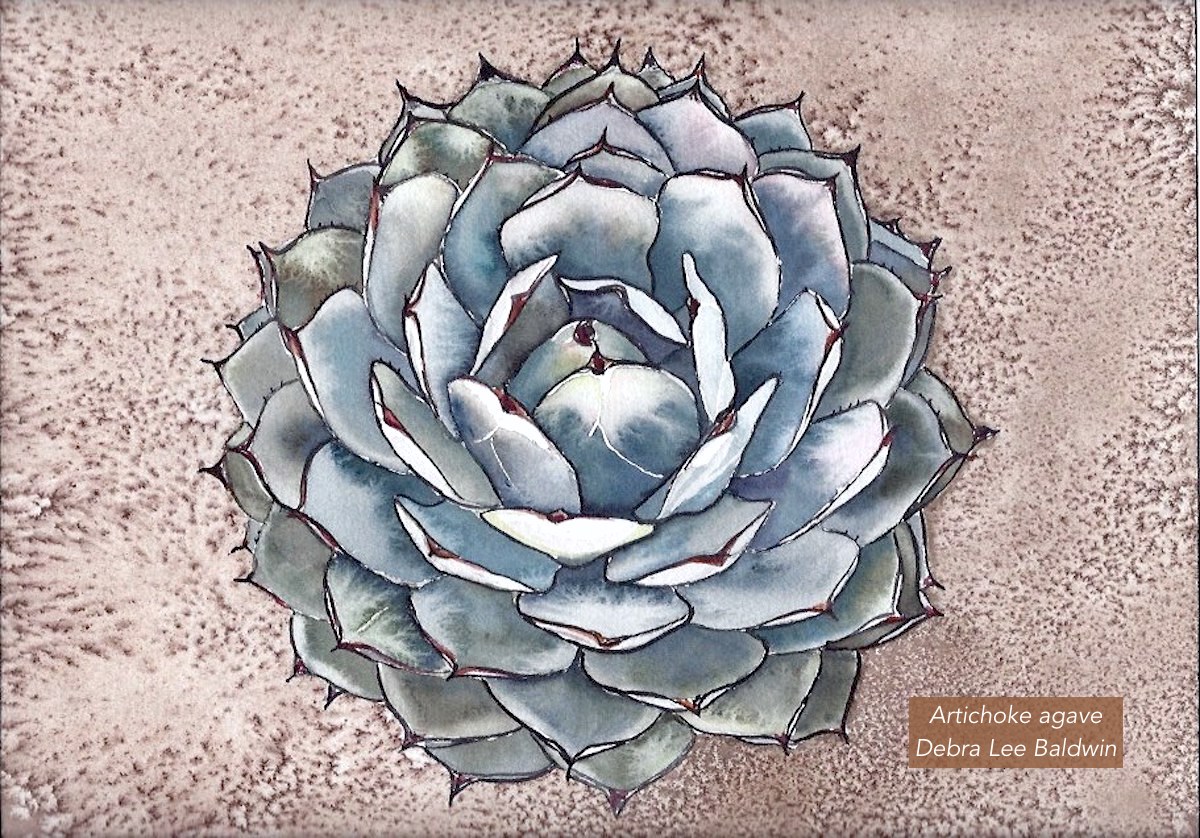
Artichoke agave
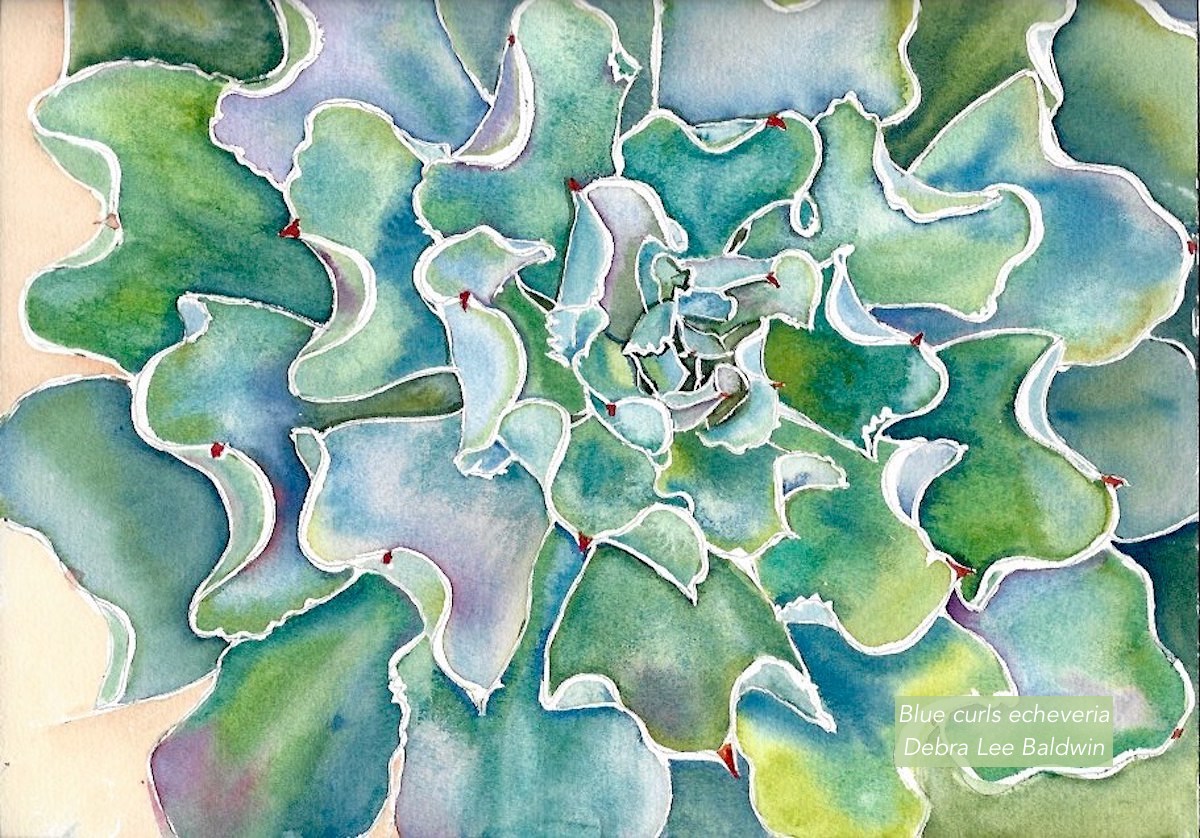
Blue Curls echeveria

Blue rose echeveria

Blue Sky echeveria
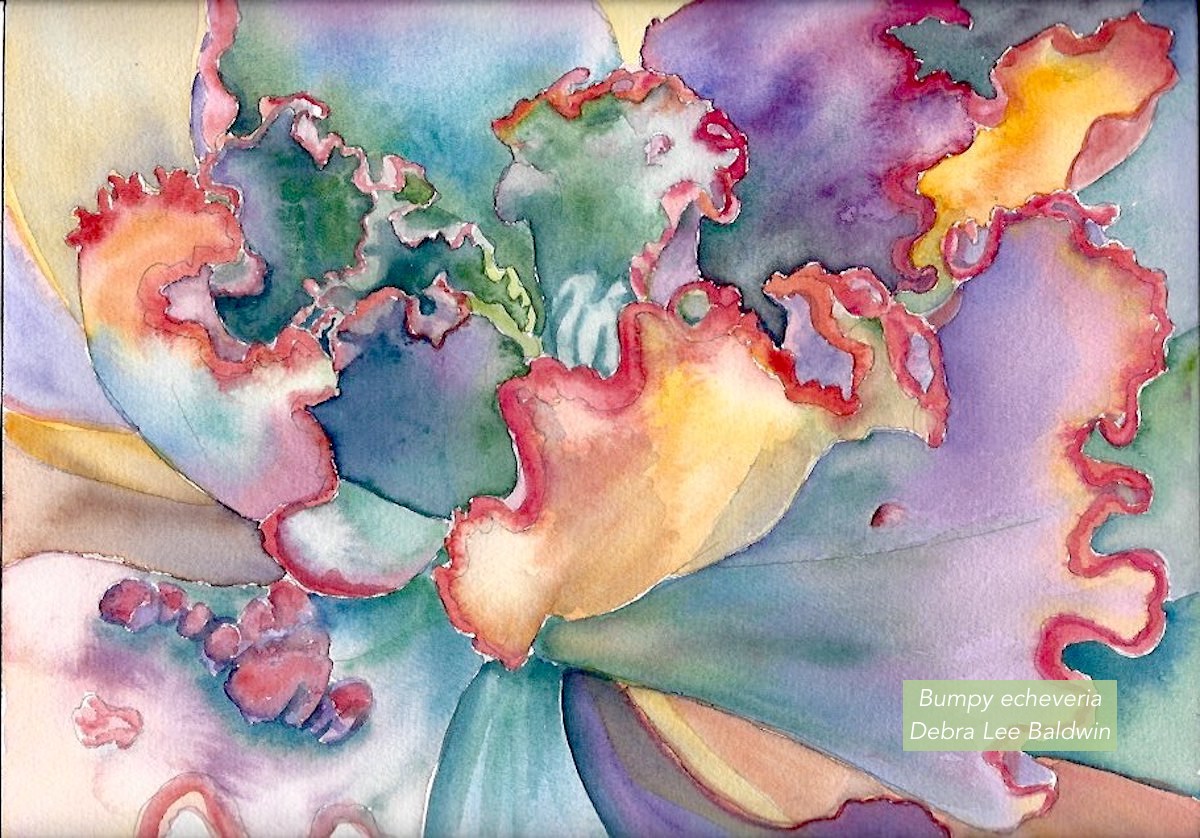
Bumpy echeveria

King Ferdinand agave
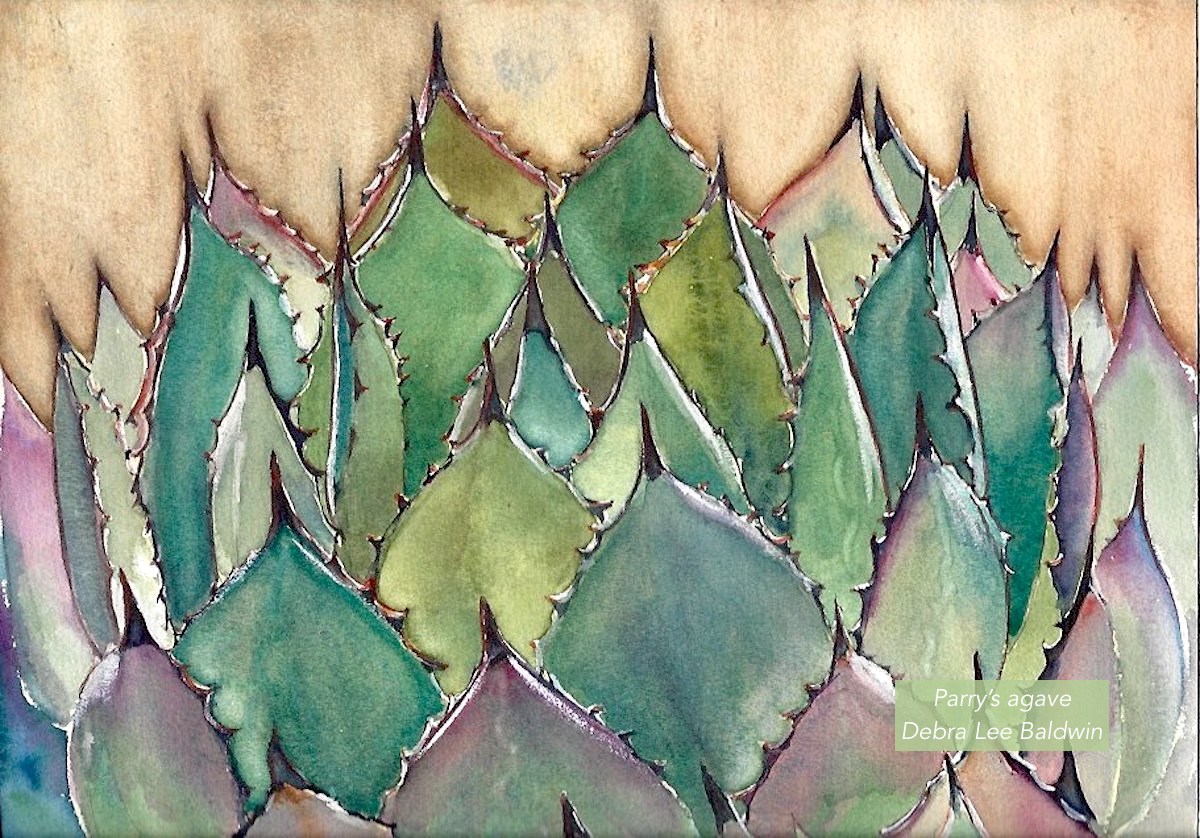
Parryi's agave

Quadricolor agave

Queen Victoria agave

Sedeveria
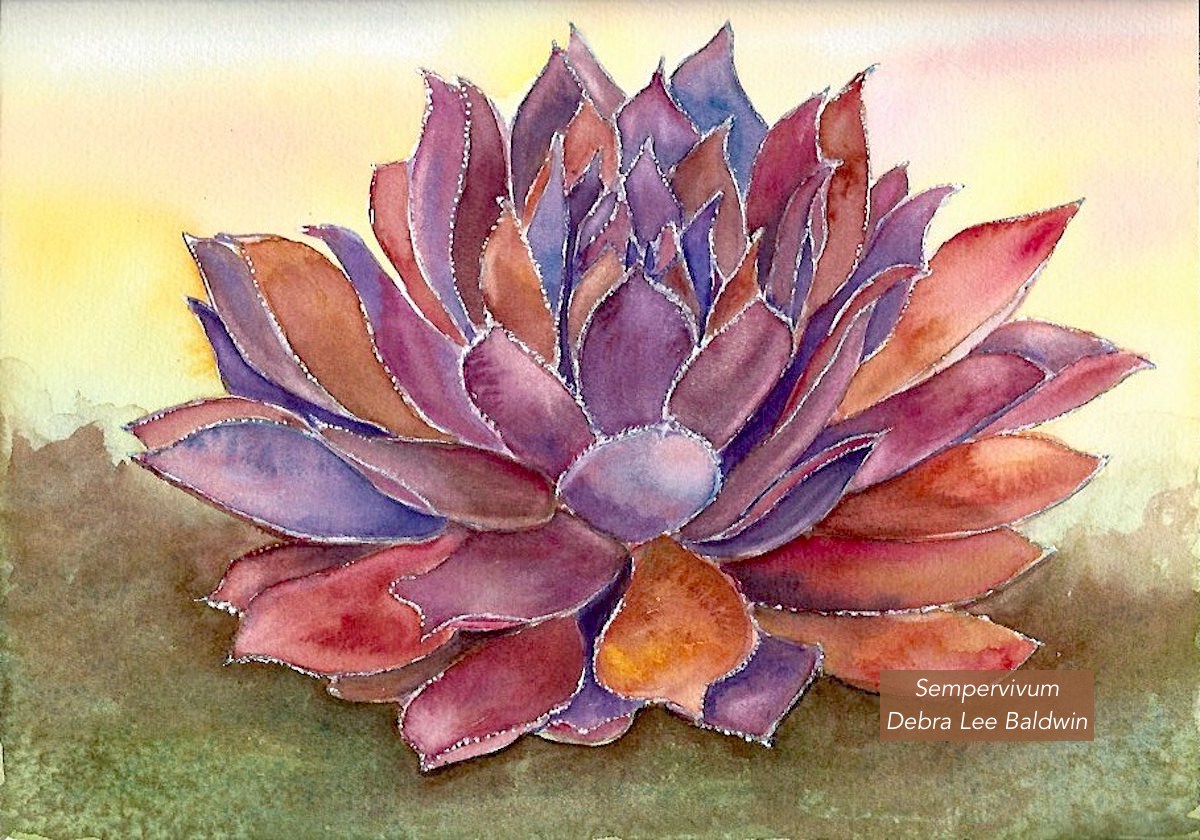
Sempervivum

Shaw's agave

Short-leaf aloe

Silver Star graptoveria
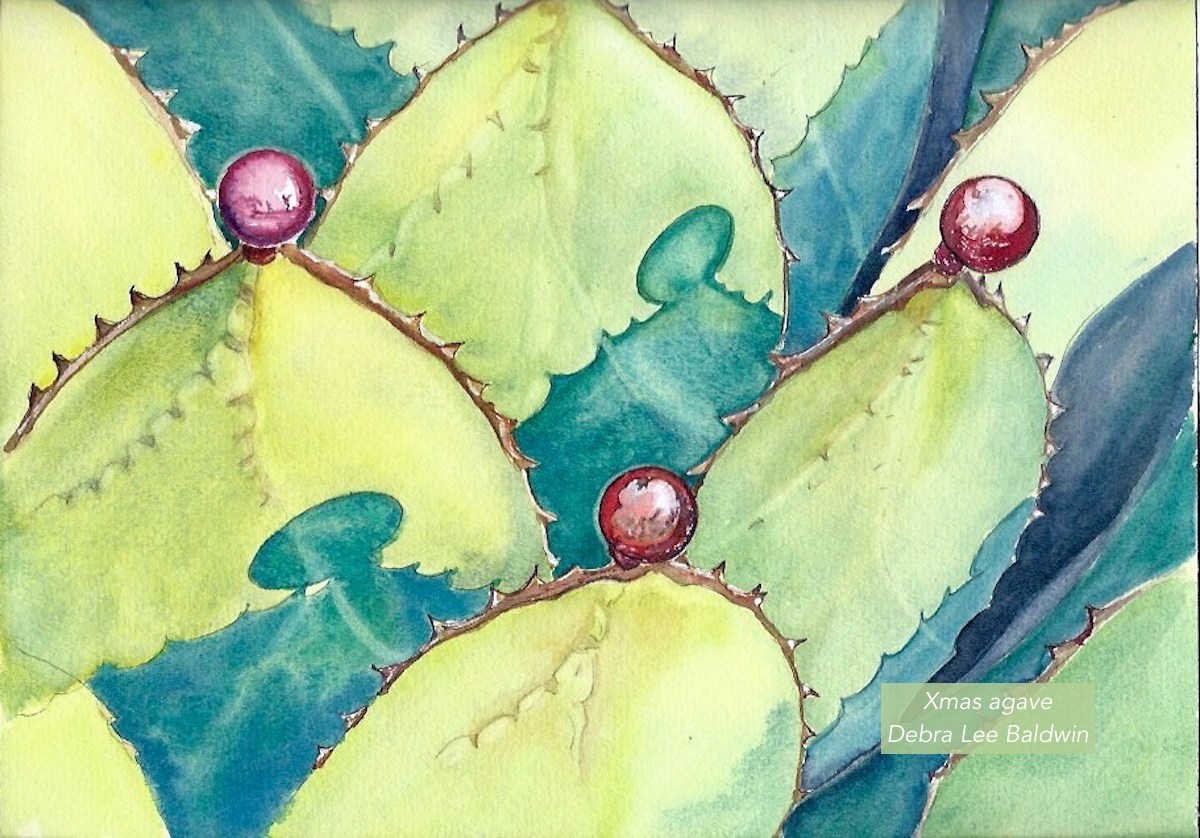
Xmas agave
P.S. I'll read every comment, so be as detailed with your suggestions as you like. Thanks! ~ Debra
View my 2019 Succulent Watercolors Calendar
I’m pleased to show you my 2019 Succulent Watercolors Calendar! It features a dozen new, vibrant watercolors based on my favorite photos of succulent plants. Last year I was so busy with the launch of the second edition of Designing with Succulents, I didn’t pursue my watercolor hobby. This year happily I found time. I try to…
The Easy Way to Paint Watercolors
Is there really an easy way to paint watercolors? Yes, if you go straight to painting and don’t spend time laboriously drawing the image first. I learned the technique described here from San Diego watercolor artist Diane Palley McDonald. Step by step: Select a photo that inspires you. Print the photo on 8-1/2 by 11 paper.…
The post Succulents 2020 Calendar Images & Giveaway appeared first on Debra Lee Baldwin. Copyright © Debra Lee Baldwin.
from Debra Lee Baldwin https://ift.tt/2lmsTuX
via IFTTT



